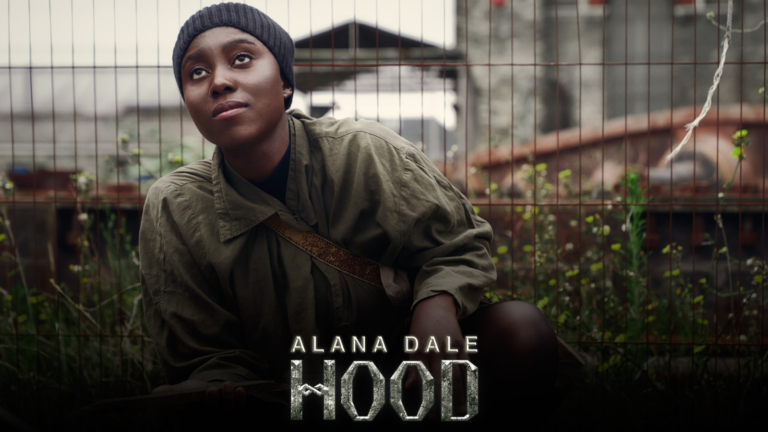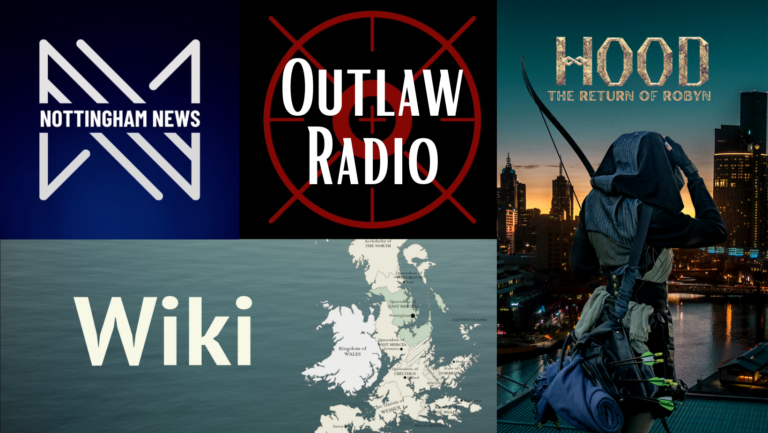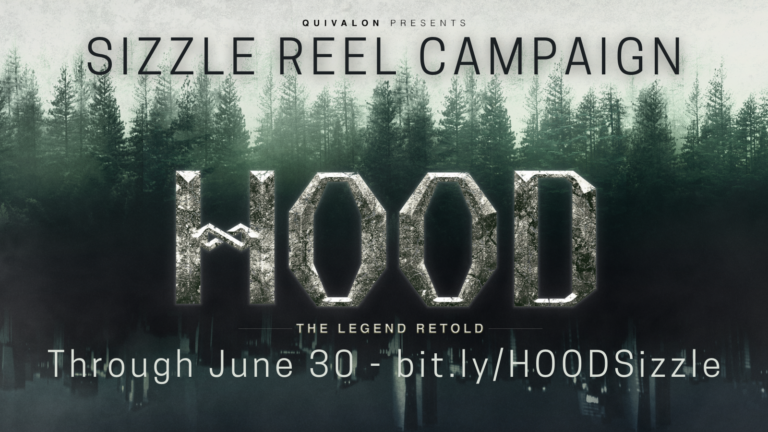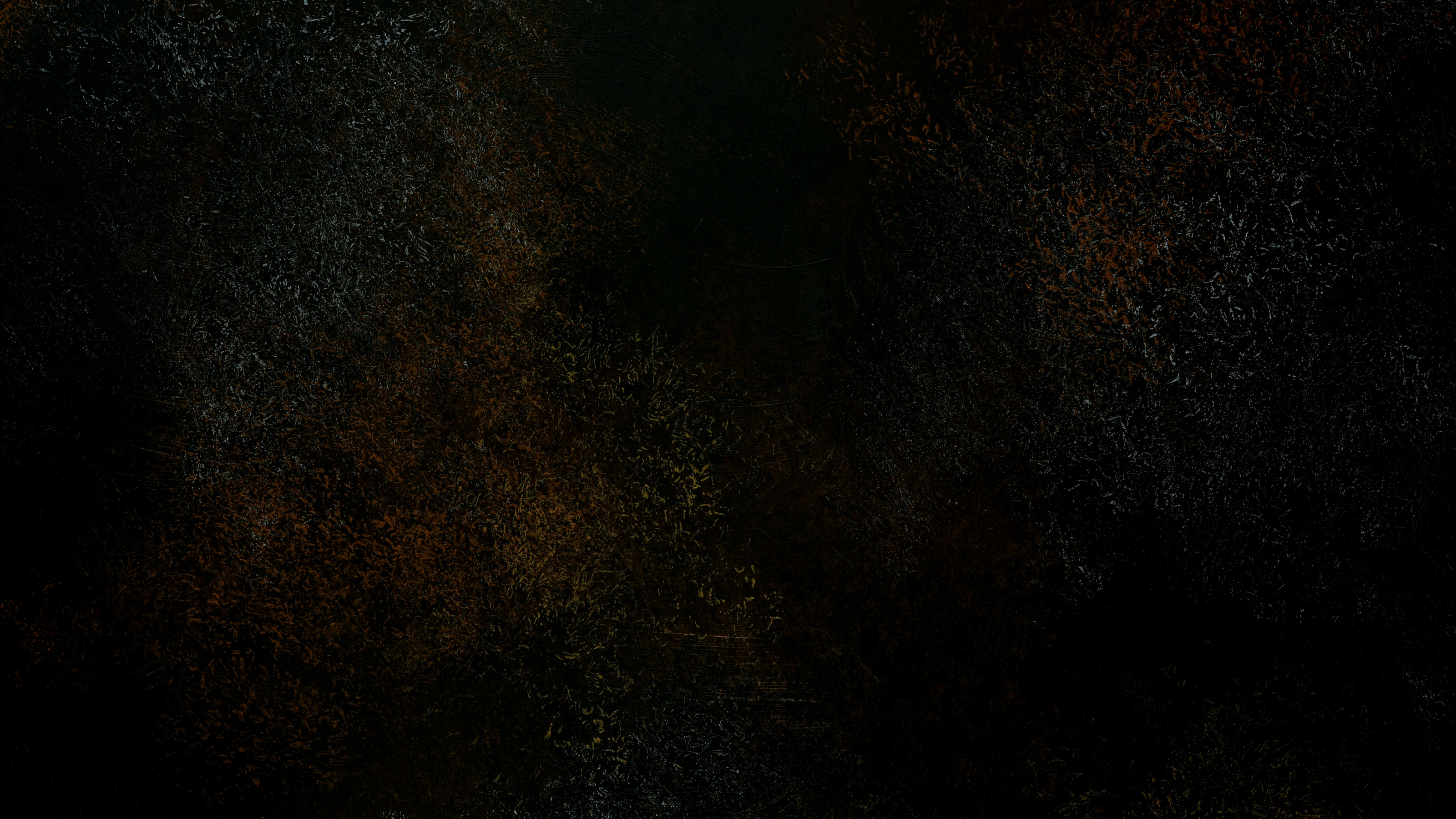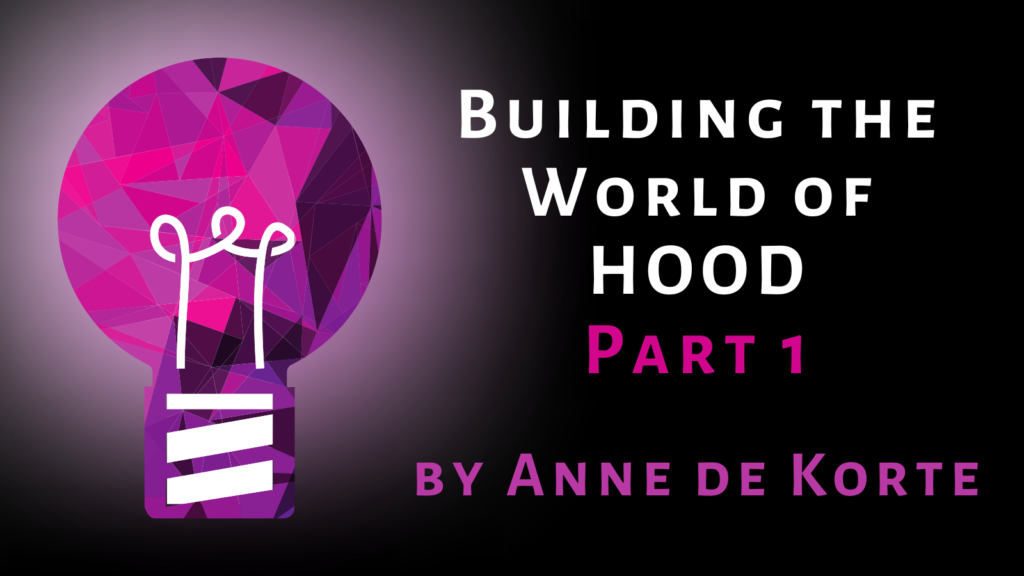
Written by Anne de Korte
Every story needs a setting. Every character needs a home. Every conflict needs a history.
Aside from intriguing characters and a compelling narrative, every story needs a third component: an incredible world. Even if you stick with a modern-day backdrop, it’s gonna massively influence the story if you choose to set it in high society instead of a crumbling estate. In some stories, it even becomes so important that the world becomes a character of its own. What is Batman without Gotham? Only Murders in the Building without the Arconia? Or The Last of Us without the dystopia inhabited by Cordyceps?
And building a world, especially one that is out of the ordinary, is the most exhilarating part of the job. It’s where your creativity runs wild and your imagination has no bounds. I love it even more now that I have a team around me and we can build together, brainstorm, riff off each other. Especially since writers spend most of our time by our lonesome staring at blank pages (the most daunting thing ever!), it’s more than nice to spend some time with other living souls.
However, today, I’ll discuss the worldbuilding that happened before the rest of the team joined. (Stephen will take you through the process of building a world in a group in our next post.) This stage of worldbuilding was mainly discussions I had with myself and occasionally with fellow students at my course.
In the beginning…
With HOOD, I started with a story that was set in the real, modern-day world – easy right? Yeah… only that didn’t stick. Soon, I realised that the story I wanted to tell didn’t thrive in our democratic world (I’m not saying our world is perfect – but it’s nowhere near as bad and tyrannical as I needed it to be). So, I started to think about what elements the world needed to have to serve the story the best and from there on it grew… and grew… and grew… ending up with a world that is a mix between modern day technology and mediaeval tyranny, left crippled by extensive climate change and infused with magic. How did I get there? I’ll explain….
What the narrative needed
One of the core themes of Robin Hood is centred on wealth inequality. There is plenty of that happening all around us, so why didn’t a grounded, modern-day setting feel like enough? Yes, in our world people are at a disadvantage (to massive degrees) when they’re poor. But at the end of the day, they are still protected by various laws in our Western world. I needed a world that was crueller, where people weren’t treated with respect and there was a greater threat to their survival. I wanted a world with more tyranny and fewer rights. But at the same time I wanted to keep that modern-day feel and not set the story in the 15th century.
So, what do you do? You create a world that is a mix of both – keep our modern-day advances of technology but add autocratic leadership and corporal punishment for even the slightest offences.
And secondly, our current most valuable commodity is money, which is mainly digital these days – especially the large sums. I wasn’t interested in telling a hacker’s story, nor did I want Robyn to pull the same kind of heist over and over again. Besides, the world of inequality becomes so much more interesting when the most valuable commodity isn’t money, but food and resources for survival.
This doesn’t mean the world of HOOD is a complete horror show to live in. Because some things are worse in this world, other things could be better. Where there is massive wealth inequality, this world doesn’t portray any discrimination based on gender, race, or sexual orientation. There are some things our society can learn from our make-believe world.
Diving deeper into theme
In secondary school, I used to hate having to write novel reports, although I loved reading. I didn’t want to think about what the author meant in between the lines and ponder on the themes. I still don’t. Stories exist to entertain, first and foremost. You can imagine my horror, when fast forward 15 years, I myself start to put emphasis and importance on the themes in my own story. Don’t get me wrong, I still stand by my teenage stubbornness that a story first of all has to entertain. But on a secondary level, a story can also say something.
I had already decided that I wanted the scarcity of food and resources to be one of the driving stakes of my story. I only had to come up with the reason why there was scarcity. There are several solutions for this, but I picked extensive climate change, because I worry about real-life climate change and where we are heading. I do not believe that one story can change people’s mind or save the world. But even if you can only get someone to think about a matter twice, that’s a huge win. And since I feel strongly about this, I wanted to add it to my world – a simple warning where we could be headed if we’re not careful. But also small enough that it doesn’t overshadow the main story, and if you don’t pick up on the warning, you can still enjoy the show.
One of the fun things that came from including the threat of climate change and specifically rising sea levels is that we have a new world map. With a third of the UK landmass flooded, our story-world England barely resembles the England of today. This helps with imagining a world that is not our own, although it might vaguely still resemble it.
The final touch of magic
The world changed and expanded greatly in the first two years of its creation; most developments happened even in the first. I wrote several drafts over many years with this world in place, only fine tuning certain aspects but no drastic changes. But somehow it was still missing something, without me even realising it. Until – I can still remember the moment to this day when I was strolling through the park in Hamburg – the final piece fell into place, and I thought: it needs magic. The last puzzle piece to make it all click perfectly together. I immediately rang one of my friends from Uni to run the magic element by her to see if it could work. And that day, the Red Phoenix was born. (Want to know more about magic in the World of Hood? Check out this interview with Anne)
At the end of the day, the stories I love watching most centre on epic, heroic – but flawed – characters, a story that holds a mystery or a great threat, and often involves a (tragic) romantic couple. And more often than not this story takes place in an out-of-the-ordinary fantasy world. The fantasy element was the only element my story was lacking to fully check off my wish-list. And with the addition of the Red Phoenix and magic, it finally felt complete and one-hundred-percent me. And that’s what’s important in the end; don’t worry about what other people would like to see, write what you want to see – cause I’ll bet that there will be millions out there who like what you like, and that’s your audience.
And there, you have a World
Worldbuilding is one of my greatest joys and something I spend a lot of time on – probably too much. It’s where I’m most free, and, let’s be honest, it plays to my strengths. I’m incapable of keeping things short – the worst thing you can ask me is to write a short 5-minute film. I need time with my characters, exploring the world. So, I thank Hecate for this golden age of television, where you can spend hours and hours on end diving into someone else’s imagination, getting to know characters and truly inhabiting a world.
Ok, creatives, time to sound off. What do you like about worldbuilding? Does your world have any cool aspects? What is your favourite story world?
Want to dive even deeper into the World of HOOD? Visit the website to read, listen and watch!
